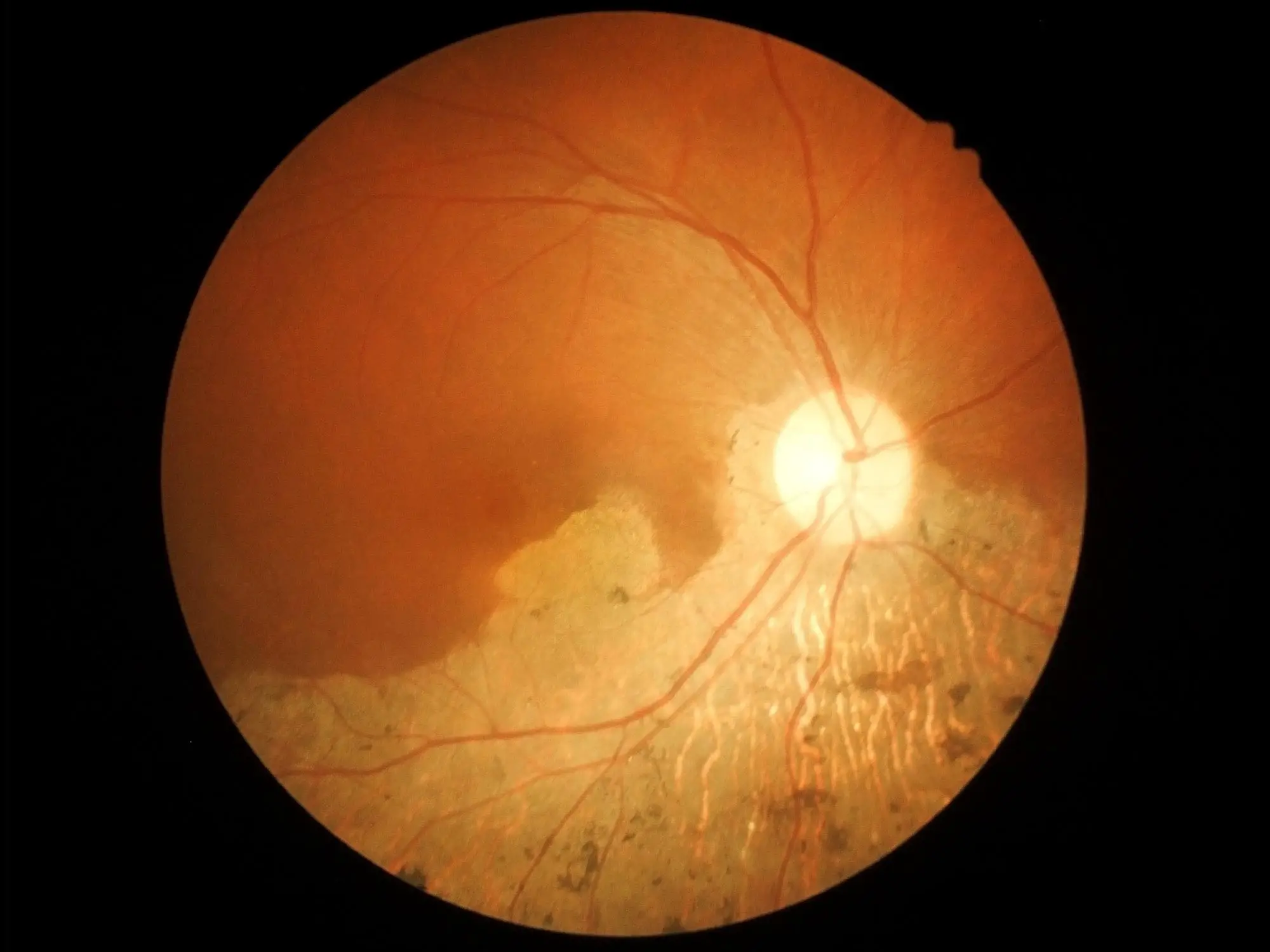Summary of A Genetic Breakthrough in the Battle Against Age-Related Vision Loss:
A new study from the National Eye Institute (NEI) has identified rare genetic variants that may reveal the mechanisms behind age-related macular degeneration (AMD), a leading cause of vision loss in older adults. The variants generate malformed proteins that alter the stability of the membrane attack complex (MAC), which may cause a chronic inflammatory response in the retina. The study proposes MAC as a potential therapeutic target to slow or prevent the development of AMD, as previously known genetic variants only point to small contributions to AMD risk. While treatment options for the wet form of AMD exist to slow vision loss, there is currently no treatment or cure for most patients.
*****
New Study Identifies Potential Cause of Age-Related Macular Degeneration
A new study from the National Eye Institute (NEI) has identified rare genetic variants that could point to one of the general mechanisms driving age-related macular degeneration (AMD), a common cause of vision loss in older adults. The variants generate malformed proteins that alter the stability of the membrane attack complex (MAC), which may drive a chronic inflammatory response in the retina. Published in the journal iScience, the findings suggest MAC as a potential therapeutic target to slow or prevent the development of AMD.
Discovery of Ultra-rare Gene Variants
Anand Swaroop, Ph.D., chief of NEI’s Neurobiology, Neurodegeneration, and Repair Laboratory and lead author of the study, undertook a collaboration with Michael Klein, M.D., a leading AMD clinician at the Oregon Health Sciences University (OHSU), Portland to discover genetic variants with a direct tie to the disease. They looked for families carrying ultra-rare AMD-causing variants where the gene variant’s effect is very strong and where the variant directly affects protein structure and function. This type of rare variant can reveal the root cause of the disease.
MAC as a Potential Therapeutic Target
MAC is a membrane attack complex formed by up to 18 C9 subunits, the C5, C6, and C7 subunits, and the C8-alpha, C8-beta, and C8-gamma subunits. MAC forms a circular pore, closed at one end by the C8 proteins. The MAC pore permits the flow of ions through the outer membrane of cells. MAC’s primary function is to insert into bacterial cell membranes and kill the pathogen, but it also regulates inflammatory processes in tissues like the retina. NEI’s Age-Related Eye Disease Studies have suggested roles for C8 proteins and other proteins higher up in the complement cascade in AMD. Because MAC is the final step in the complement cascade, variants affecting any complement proteins may alter MAC function. Too much or too little stable MAC in the retina may lead to destructive inflammation, which drives AMD progression. The researchers believe targeting MAC may be a more effective strategy to control AMD.
Potential for Future Drug Development
While there are currently some treatments to slow vision loss for people with the wet form of AMD, there is no treatment for most patients and no cure for the disease. Swaroop and colleagues found that individuals affected with AMD in four families have mutations in one of two proteins that form one end of MAC: C8-alpha and C8-beta. The variants jeopardize the ability of the C8 proteins to stick to each other, which may alter how MAC behaves in the eye’s retina. Swaroop said, “With a small molecule drug, we might be able to control how strongly MAC drives inflammation and slow the progression of AMD.”
Conclusion
Identifying the potential role of ultra-rare genetic variants that affect MAC stability adds to the growing body of evidence that MAC plays a crucial role in the development of AMD. By targeting MAC, there could be a possible way to slow, stop or even prevent the development of the disease. The findings of this study could lead to new drug therapies that could significantly improve the quality of life for people with AMD.

Comments are closed